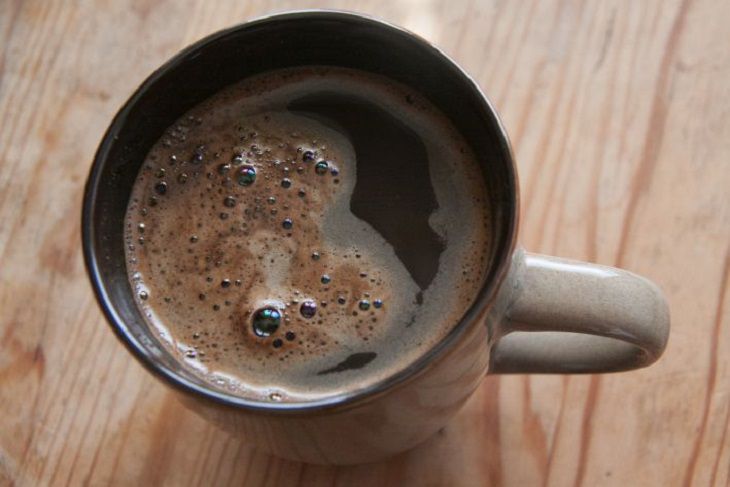A considerable number of coffee lovers prefer the instant version of the drink.
They say: convenient, saves time, can be stored for quite a long time, some people just like the taste.
In fact, instant coffee is not a full-fledged drink, but an extract of coffee beans in the form of powder or granules.

They are poured with boiling water - and you get a quick product.
Do you know how exactly this coffee is prepared? What ingredients are used? Many may be surprised.
What are they made of?
It is made from natural coffee beans.
However, since the latter lose most of their flavor properties during serious processing, producers use cheap varieties.
Most often, robusta is used - it dissolves better, has more caffeine, and is cheaper than arabica.
Pay attention to the three-in-one bags. In addition to coffee, they contain a lot of sugar, cream substitute, and other additives.
In this composition, coffee is in last place. This means that there is the least of it.
How they do it
As a rule, they take green grains: sort them, clean them, roast them and grind them.
Then they are sent to extraction batteries, through which coffee extract is obtained.
The beans are combined with water and brewed for several hours, transferring caffeine, minerals, acids and some other substances into the liquid.
The coffee concentrate is then dried.
The methods of preparation depend on the type of instant coffee being produced: granulated, powdered or freeze-dried.
Powder
The liquid extract is sprayed into a stream of hot air, the drops quickly dry, becoming powder.
With this approach, the final product retains a minimum of taste and aroma from the coffee beans.
Therefore, powdered coffee may contain colorings and flavorings.
Granulated
As for granulated instant coffee, water vapor is used instead of hot air.
The coffee concentrate is moistened and immediately dried, thus producing granules.
This method removes all the aroma. It's basically the same as the powder version.
Sublimated
Instead of heating, the coffee extract is frozen and then the excess moisture is removed using a vacuum.
In this case, the taste and aroma of the beans are preserved to the maximum extent.
